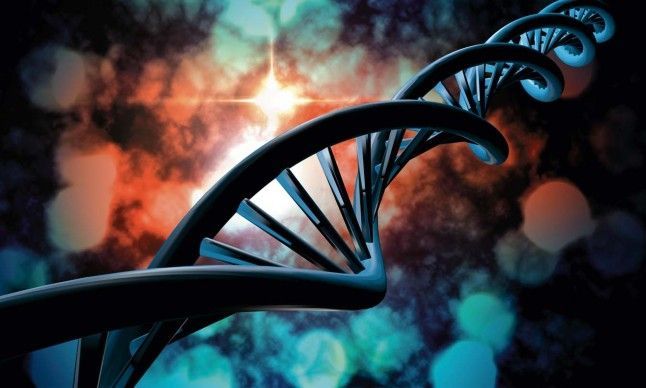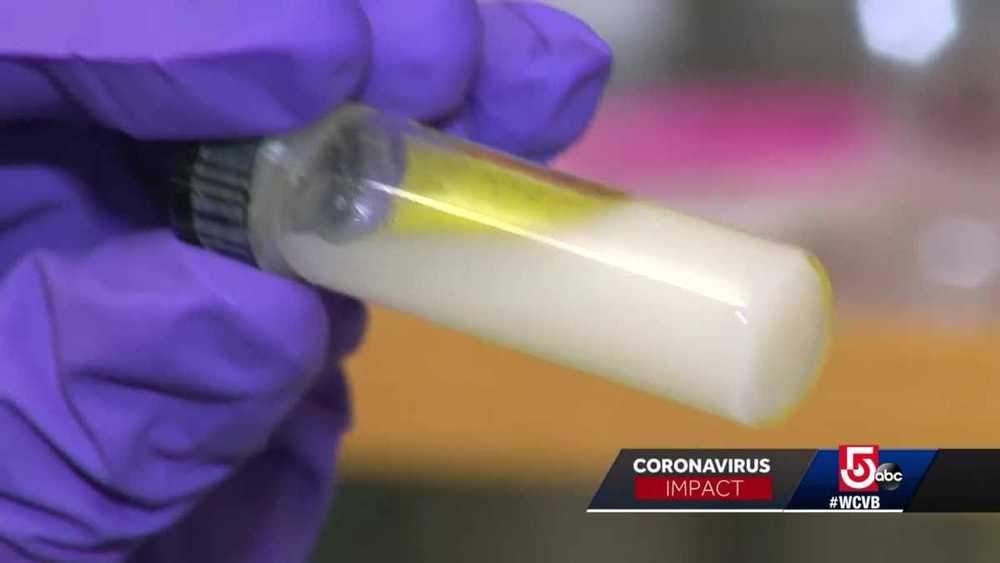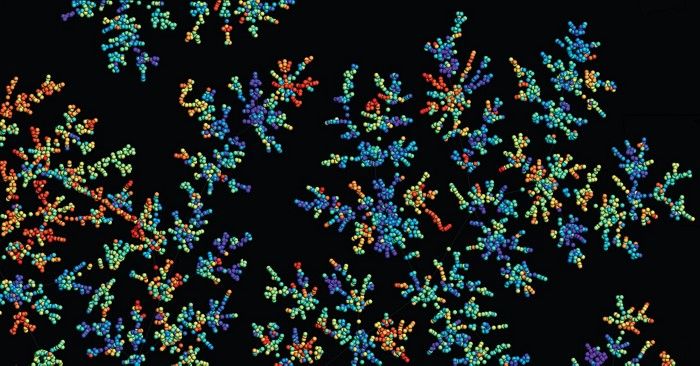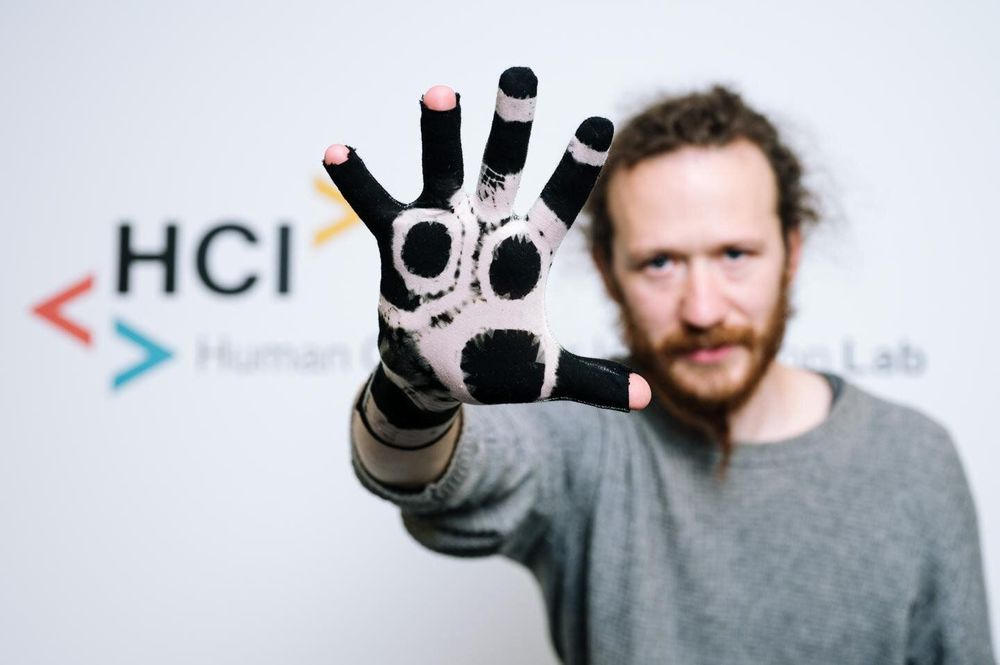Oct 18, 2020
Autopsies Show Microplastics in Major Human Organs
Posted by Raphael Ramos in categories: bioengineering, biotech/medical, chemistry, health
It looks like micro-plastics are now found inside human bodies.
Researchers found evidence of plastic contamination in tissue samples taken from the lungs, liver, spleen and kidneys of donated human cadavers.
“We have detected these chemicals of plastics in every single organ that we have investigated,” said senior researcher Rolf Halden, director of the Arizona State University (ASU) Biodesign Center for Environmental Health Engineering.
Continue reading “Autopsies Show Microplastics in Major Human Organs” »
















